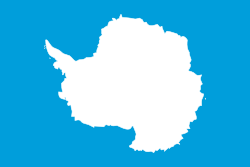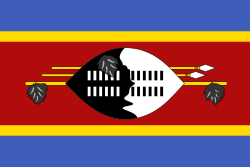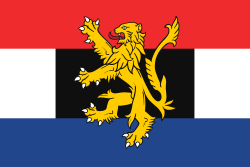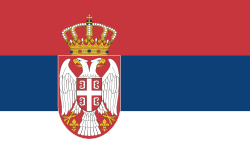
 Flag of Paraguay
Flag of Paraguay
The normal and two-sided symbols indicate this is the obverse side of an authorized flag, and that the reverse side is different. Flag of Antarctica
Flag of Antarctica
The de facto symbol indicates the flag is widely accepted and used, but not codified by law.
 Flag of Eswatini
Flag of Eswatini
The mirror symbol indicates that the reverse side of the flag is a mirrored version of the obverse side. Flag of Benelux
Flag of Benelux
The no-flag symbol indicates that this flag cannot be officially used to represent the group or country.

 Flag of Saudi Arabia
Flag of Saudi Arabia
The sinister and equal symbols indicate that the national flag's hoist is on its right side and that its reverse and obverse sides are identical. The vertical inapplicable symbol indicates that the flag cannot have its elements rotated.
This article needs additional citations for verification .(January 2025) |
Vexillological symbols are used by vexillologists to indicate certain characteristics of flags, such as where they are used, who uses them, and what they look like. The symbols were created by vexillologist Whitney Smith and then adopted by the International Federation of Vexillological Associations (FIAV) in the early 1970s. [1] Vexillologist Željko Heimer added the symbols for ![]() normal and
normal and ![]() historical in the early 1990s. [2]
historical in the early 1990s. [2]















